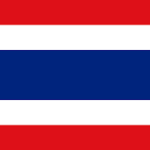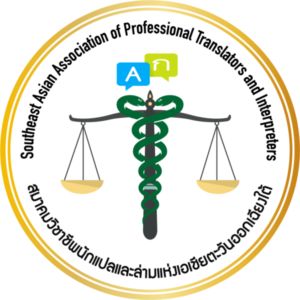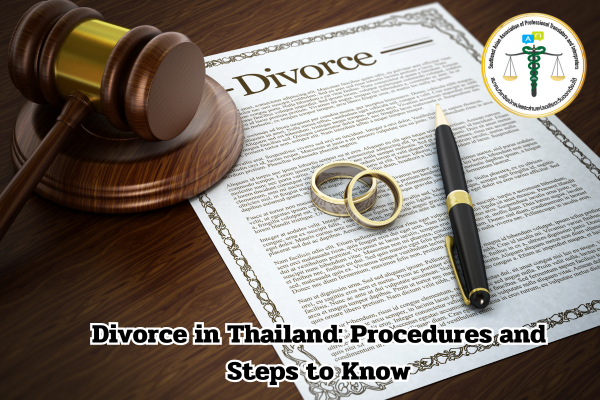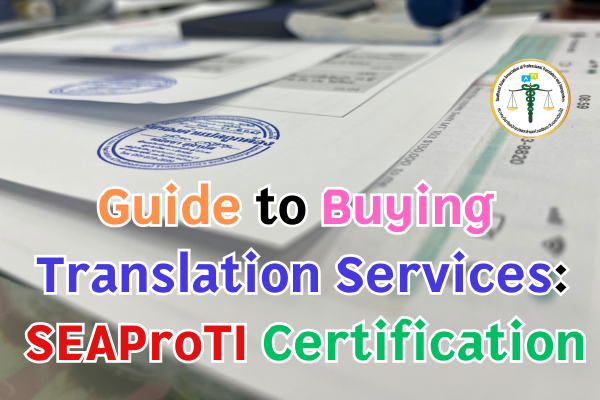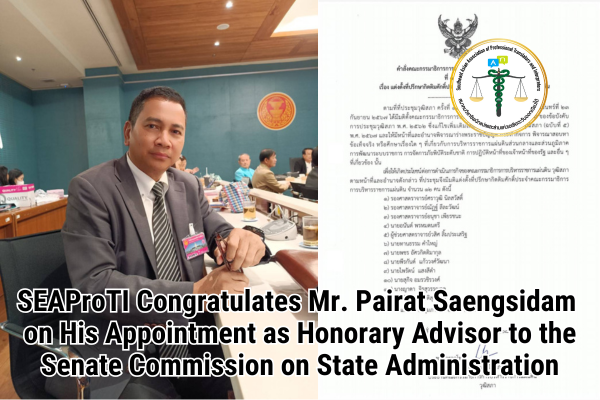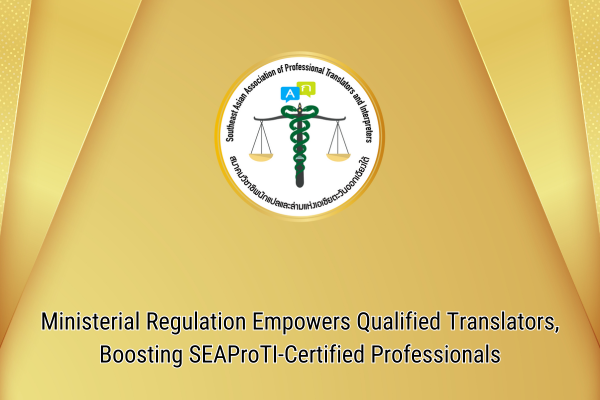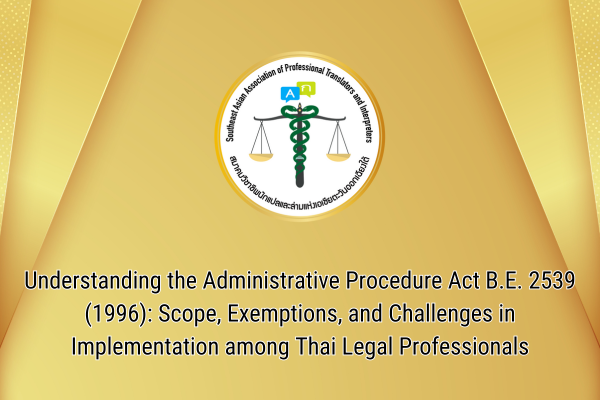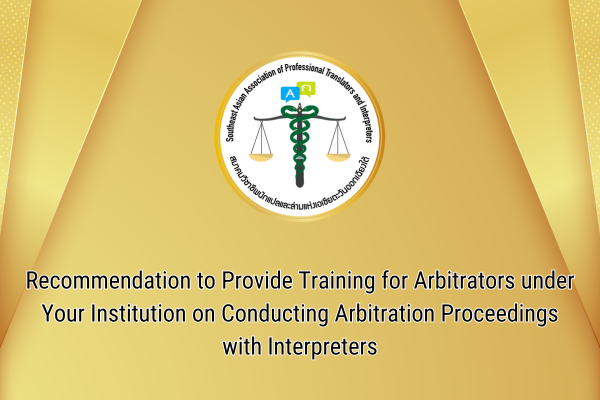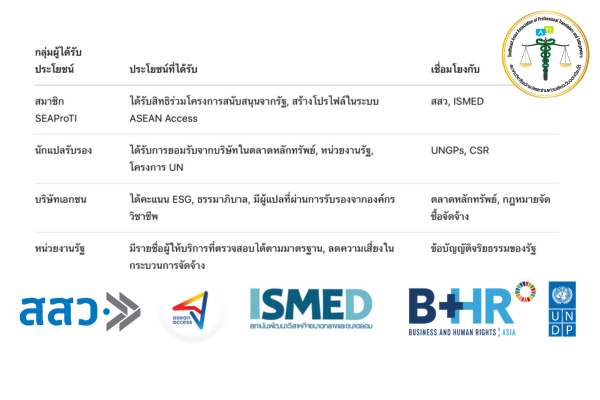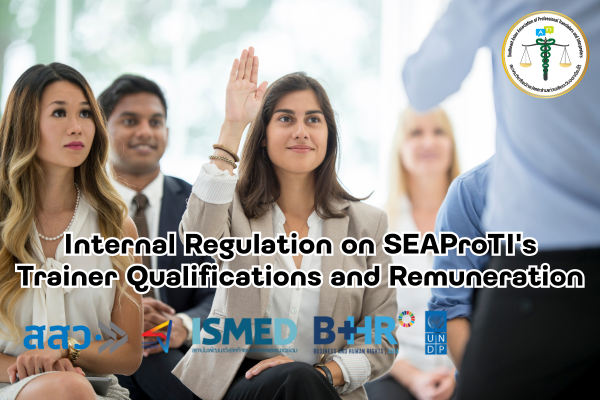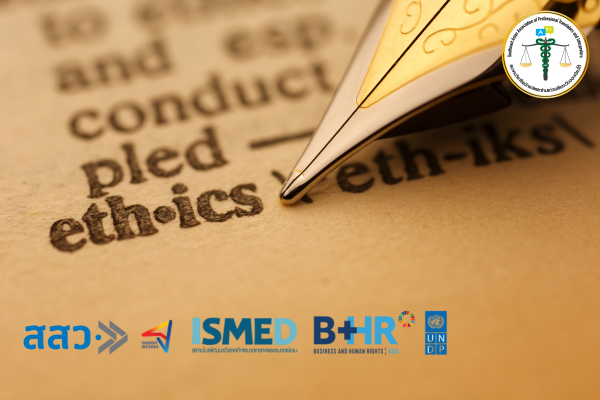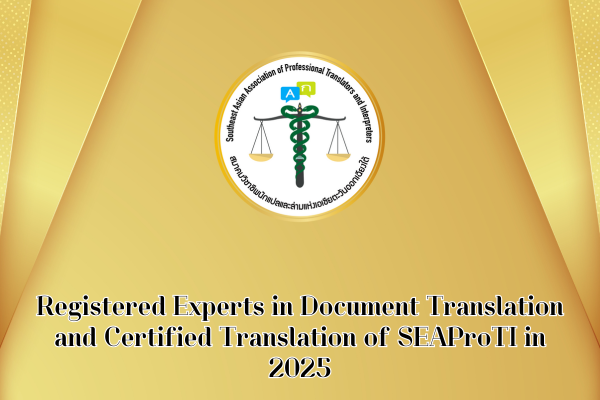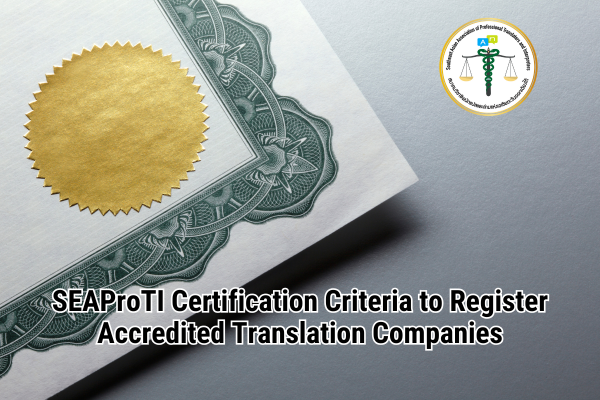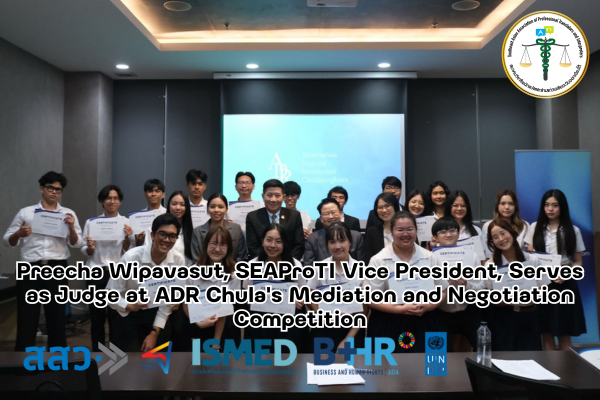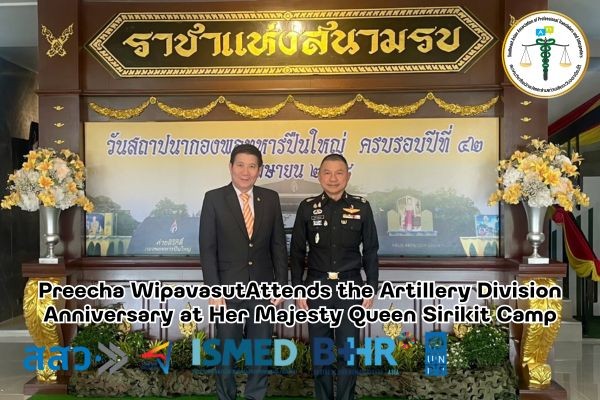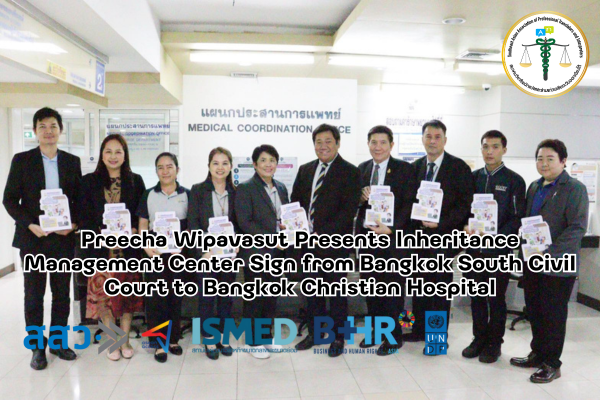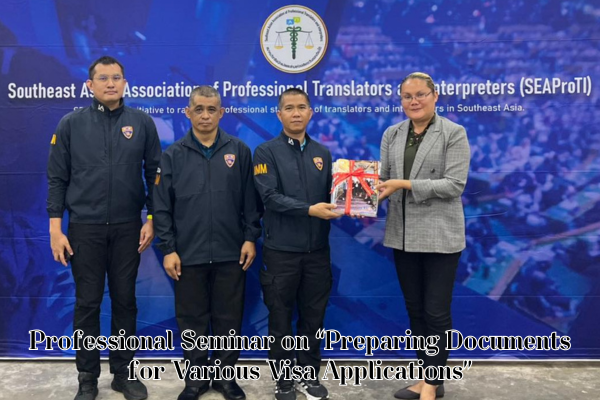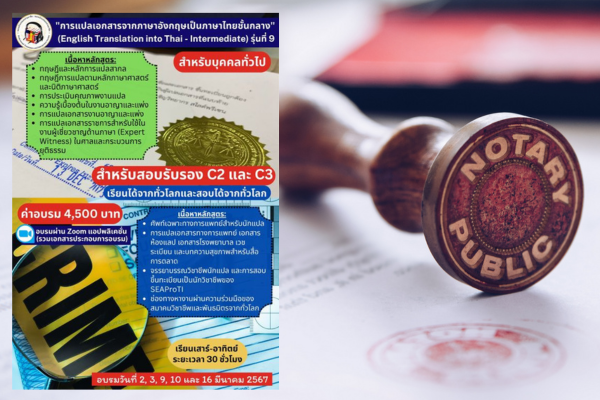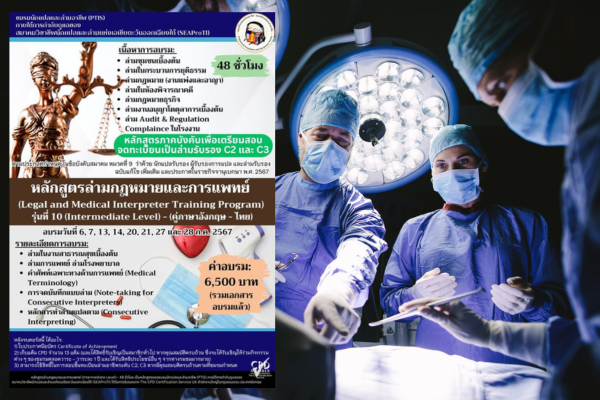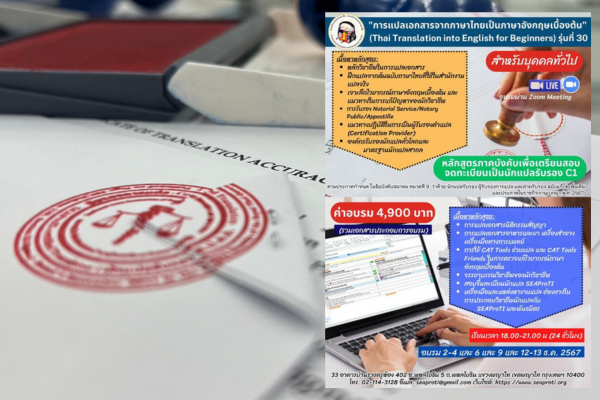Divorce in Thailand: Procedures and Steps to Know
14 January 2025, Bangkok – Marriage can be a complex journey, especially when it involves individuals from different cultural backgrounds. In the case of marriages between foreigners and Thai nationals, these differences can add both excitement and challenges. Over time, what starts as a fresh and engaging relationship can sometimes evolve into difficulties that may lead to divorce. In Thailand, divorce can be processed either through mutual consent or through a court judgment. Each method comes with specific steps and requirements that must be met.
Mutual Consent Divorce
A mutual consent divorce is the simplest and least time-consuming route if both parties agree on the terms. To initiate this process, both spouses need to visit the Register Office where the marriage was originally registered to file a divorce agreement. The necessary documents required include the original marriage certificate, identification cards, and other supporting documents such as birth certificates or passports. Both parties must also bring at least two witnesses to sign the agreement. Once everything is in order, the divorce will be processed and officially registered.
Court Divorce
If mutual consent cannot be reached, divorce can also be processed through the court. For court divorce, specific grounds must be proven to justify the divorce. These grounds include:
- Adultery by one spouse.
- Misconduct that brings shame or harm to the other spouse.
- Physical or mental abuse inflicted by one spouse.
- Desertion for over one year.
- Imprisonment for over one year for a crime not involving the other spouse.
- Separation of more than three years.
- Disappearance of one spouse.
- Failure to provide financial support leading to an inability to live together.
- Serious mental illness or physical incapacity making cohabitation impossible.
To begin a court divorce, the petitioner must file a divorce case at the Family Court. After the initial hearing, both parties may be sent for mediation to try and reach an agreement on the divorce terms. If mediation is successful, the court will approve the divorce based on the agreed terms. However, if no agreement is reached, the case will move to trial, where evidence will be presented, and witnesses will be called. After the trial, the court will make a final judgment within 30 days.
Given the complexity of legal proceedings in court, it is highly recommended that both parties seek the assistance of an experienced family lawyer to guide them through the process effectively.
SEAProTI: Role in Supporting Divorce Proceedings
The Southeast Asian Professional Translators and Interpreters Association (SEAProTI) plays an essential role in supporting individuals navigating divorce processes, especially when it involves foreign nationals who may need translation and certification of legal documents. SEAProTI ensures accurate translation and legal understanding, helping both parties to overcome language barriers and legal complexities. Their expertise contributes significantly to making the divorce process more manageable and efficient for all parties involved.
About SEAProTI’s certified translators, translation certification providers, and certified interpreters:
The Southeast Asian Association of Professional Translators and Interpreters (SEAProTI) has officially announced the criteria and qualifications for individuals to register as “Certified Translators,” “Translation Certification Providers,” and “Certified Interpreters” under the association’s regulations. These guidelines are detailed in Sections 9 and 10 of the Royal Thai Government Gazette, issued by the Secretariat of the Cabinet under the Office of the Prime Minister of the Kingdom of Thailand, dated July 25, 2024, Volume 141, Part 66 Ng, Page 100.
To read the full publication, visit: the Royal Thai Government Gazette
การหย่าร้างในประเทศไทย: ขั้นตอนและวิธีการที่ควรรู้
14 มกราคม 2568, กรุงเทพมหานคร – การแต่งงานเป็นสิ่งที่มีความซับซ้อน โดยเฉพาะเมื่อเป็นการแต่งงานระหว่างชาวต่างชาติและคนไทย ซึ่งมักจะมีความแตกต่างทางวัฒนธรรมที่อาจนำมาซึ่งความตื่นเต้นและความสดใหม่ในช่วงแรกของความสัมพันธ์ แต่เมื่อเวลาผ่านไป ความแตกต่างเหล่านี้อาจกลายเป็นอุปสรรคที่ทำให้ความสัมพันธ์ไม่สามารถดำเนินต่อไปได้อย่างราบรื่น ในประเทศไทย การหย่าร้างสามารถดำเนินการได้ผ่านสองช่องทางหลัก ได้แก่ การหย่าร่วมกันโดยความยินยอม หรือการหย่าผ่านคำพิพากษาของศาล ซึ่งแต่ละวิธีมีขั้นตอนและข้อกำหนดที่แตกต่างกันออกไป
การหย่าร่วมกันโดยความยินยอม
การหย่าร่วมกันโดยความยินยอมเป็นวิธีที่ง่ายที่สุด หากทั้งสองฝ่ายตกลงกันในเรื่องของเงื่อนไขและข้อกำหนดต่าง ๆ ซึ่งคู่สมรสทั้งสองต้องไปที่สำนักงานเขตซึ่งได้จดทะเบียนการสมรสไว้ เพื่อยื่นขอหย่าด้วยการทำข้อตกลงการหย่า โดยเอกสารที่จำเป็นต้องเตรียม ได้แก่ สมุดทะเบียนสมรสฉบับจริง บัตรประชาชน และเอกสารสนับสนุนอื่น ๆ เช่น ใบสูติบัตร หรือหนังสือเดินทางของทั้งสองฝ่าย ทั้งนี้การหย่าร่วมกันต้องได้รับการลงนามจากพยานอย่างน้อยสองคน และมีลายเซ็นรับรองในเอกสาร
การหย่าผ่านทางศาล
หากการหย่าด้วยความยินยอมไม่สามารถทำได้ การหย่าผ่านศาลก็เป็นอีกทางเลือกหนึ่งที่ต้องมีเหตุผลรองรับอย่างชัดเจน ซึ่งเหตุผลการหย่าที่ศาลยอมรับ ได้แก่
- การนอกใจของคู่สมรสฝ่ายใดฝ่ายหนึ่ง
- พฤติกรรมที่ทำให้เกิดความละอายหรือเป็นอันตรายต่อฝ่ายอื่น
- การทำร้ายร่างกายหรือจิตใจต่อคู่สมรสหรือญาติของฝ่ายใดฝ่ายหนึ่ง
- การลักลอบไปมีความสัมพันธ์กับบุคคลอื่น
- การแยกกันอยู่เกินกว่า 3 ปี
- การจำคุกของคู่สมรสเป็นเวลาเกินหนึ่งปี
- การล้มเลิกหน้าที่ในการสนับสนุนทางการเงินจนไม่สามารถอยู่ร่วมกันได้อีกต่อไป
- ความป่วยทางจิตหรือร่างกายที่ทำให้ไม่สามารถใช้ชีวิตร่วมกันได้
กระบวนการศาลเริ่มต้นด้วยการยื่นคำร้องขอหย่าต่อศาลครอบครัวจากฝ่ายใดฝ่ายหนึ่ง และฝ่ายที่ได้รับคำร้องจะต้องได้รับเอกสารแจ้งอย่างเป็นทางการ หลังจากการพิจารณาเบื้องต้น ศาลอาจส่งทั้งสองฝ่ายไปยังการไกล่เกลี่ย เพื่อหาข้อตกลงในเรื่องของเงื่อนไขการหย่า หากตกลงกันได้ ศาลจะดำเนินการรับรองคำขอ หากไม่สามารถตกลงกันได้ ศาลจะจัดการพิจารณาในชั้นศาล ซึ่งจะมีการเรียกพยานหลักฐาน และจัดการไต่สวนตามขั้นตอน โดยจะมีคำพิพากษาภายใน 30 วัน
กระบวนการหย่าผ่านศาลเป็นเรื่องที่ซับซ้อนและต้องใช้เวลา ซึ่งแนะนำให้ฝ่ายที่เกี่ยวข้องมีทนายความด้านครอบครัวที่มีประสบการณ์เพื่อช่วยดำเนินการอย่างมีประสิทธิภาพ
SEAProTI: บทบาทในการช่วยเหลือกระบวนการหย่าร้าง
สมาคมวิชาชีพนักแปลและล่ามแห่งเอเชียตะวันออกเฉียงใต้ (SEAProTI) มีบทบาทสำคัญในการช่วยเหลือผู้ที่เกี่ยวข้องในกระบวนการหย่าร้าง โดยเฉพาะกรณีที่คู่สมรสจากต่างประเทศจำเป็นต้องใช้บริการแปลเอกสารและรับรองความถูกต้องของเอกสารต่าง ๆ SEAProTI ช่วยลดความซับซ้อนของกระบวนการหย่าร้างโดยการแปลและให้คำแนะนำที่แม่นยำ เพื่อให้ทั้งสองฝ่ายสามารถดำเนินการหย่าได้อย่างราบรื่นและถูกต้องตามกฎหมาย
เกี่ยวกับนักแปลรับรอง ผู้รับรองการแปล และล่ามรับรองของสมาคมวิชาชีพนักแปลและล่ามแห่งเอเชียตะวันออกเฉียงใต้
สมาคมวิชาชีพนักแปลและล่ามแห่งเอเชียตะวันออกเฉียงใต้ (SEAProTI) ได้ประกาศหลักเกณฑ์และคุณสมบัติผู้ที่ขึ้นทะเบียนเป็น “นักแปลรับรอง (Certified Translators) และผู้รับรองการแปล (Translation Certification Providers) และล่ามรับรอง (Certified Interpreters)” ของสมาคม หมวดที่ 9 และหมวดที่ 10 ในราชกิจจานุเบกษา ของสำนักเลขาธิการคณะรัฐมนตรี ในสำนักนายกรัฐมนตรี แห่งราชอาณาจักรไทย ลงวันที่ 25 ก.ค. 2567 เล่มที่ 141 ตอนที่ 66 ง หน้า 100 อ่านฉบับเต็มได้ที่: นักแปลรับรอง ผู้รับรองการแปล และล่ามรับรอง
